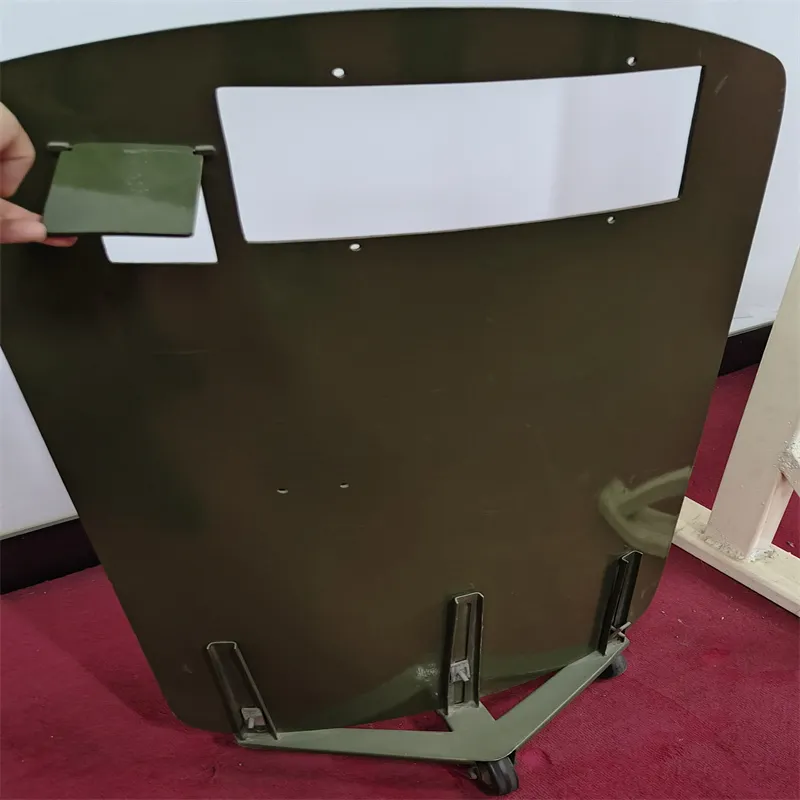Dec . 16, 2024 20:41 Back to list
Understanding the Characteristics and Applications of Broken Laminated Glass
Understanding Broken Laminated Glass Causes, Impacts, and Solutions
Laminated glass has become a popular choice for many architectural and automotive applications due to its unique properties. Formed by sandwiching a layer of plastic, usually polyvinyl butyral (PVB), between two pieces of glass, laminated glass provides enhanced safety, sound insulation, and UV protection. However, like any material, laminated glass can break. Understanding the causes, impacts, and solutions associated with broken laminated glass is crucial for homeowners, builders, and automotive designers alike.
Causes of Broken Laminated Glass
The breaking of laminated glass can occur due to several reasons. One primary cause is impact. When a significant force is applied, such as from an object striking the glass, it can lead to cracks or shattering. For example, in automotive contexts, accidents involving higher speed collisions can lead to rapid deformation and significant stress on the glass, compromising its integrity.
Another common cause is thermal stress. Laminated glass, if subjected to uneven heating or cooling, can experience differential expansion or contraction. This unevenness can lead to stress fractures over time, especially in climates that experience wide temperature fluctuations. Additionally, manufacturing defects, such as air bubbles or impurities within the PVB layer, can compromise the structural integrity of the glass, making it more susceptible to breakage.
Impacts of Broken Laminated Glass
When laminated glass breaks, the impacts can be significant, depending on the location and application. In residential settings, broken laminated glass can pose safety hazards. Although the PVB interlayer is designed to hold shards together, preventing them from causing injury, the structure may still compromise safety and security. Homeowners may find themselves facing increased exposure to elements, potential intrusions, and decreased energy efficiency.
broken laminated glass

In commercial settings, broken laminated glass can disrupt business operations. For example, broken storefront glass can deter customers and pose a security risk. Similarly, in vehicular applications, broken laminated windshields can impair visibility, increasing the risk of accidents. Moreover, the financial implications of replacing broken glass can be considerable, often involving not just the cost of the glass itself, but also labor and potential downtime.
Solutions and Preventative Measures
To mitigate the risks associated with broken laminated glass, homeowners and manufacturers can adopt several strategies. Regular inspections of glass installations are vital. Checking for minor cracks or defects in the glazing can allow for timely repairs before they escalate into larger issues. In architectural contexts, employing proper design considerations, such as ensuring adequate support and monitoring environmental conditions, can reduce the chances of thermal stress and impact-related damage.
For automotive applications, selecting high-quality laminated glass and ensuring proper installation can further enhance durability. Manufacturers are constantly innovating to improve the resilience of laminated glass, developing stronger interlayers and coatings that can withstand more significant stress without shattering.
In the unfortunate event that laminated glass does break, immediate action is essential. For residential and commercial properties, calling in professionals for replacement is crucial, not just for safety reasons but also to comply with building codes. In vehicles, driving with a broken windshield can lead to legal penalties, and thus, prioritizing repairs or replacements is imperative.
Conclusion
Broken laminated glass is a concern that can arise from various factors, including impact and thermal stress. The consequences can range from safety hazards to financial implications. However, by adopting preventative measures and being proactive in management and maintenance, the risks associated with broken laminated glass can be significantly minimized. As technology continues to advance, the development of more resilient laminated glass options promises to enhance both safety and performance across various applications, ensuring that this material remains a staple in modern design and architecture.
-
Safety and Style with Premium Laminated Glass Solutions
NewsJun.24,2025
-
Reinvents Security with Premium Wired Glass
NewsJun.24,2025
-
Premium Float Glass Line for Modern Architecture
NewsJun.24,2025
-
Low Emissivity Glass for Energy-Efficient Architecture
NewsJun.24,2025
-
High-Performance Insulated Glass Solutions for Modern Architecture
NewsJun.24,2025
-
Elevates Interior Style with Premium Silver Mirror
NewsJun.24,2025
Related PRODUCTS














